Growing Incidence of Cancer
The rising incidence of cancer worldwide is a primary driver for the Anti-Neoplastic Agents Market. According to recent statistics, cancer cases are projected to increase significantly, with estimates suggesting that by 2040, the number of new cancer cases could reach over 27 million annually. This alarming trend necessitates the development and availability of effective anti-neoplastic agents, as healthcare systems strive to manage the growing patient population. The increasing burden of cancer not only amplifies the demand for innovative treatment options but also propels research and development efforts within the pharmaceutical sector. Consequently, the Anti-Neoplastic Agents Market is likely to experience substantial growth as stakeholders respond to this pressing healthcare challenge.
Advancements in Drug Development
Technological advancements in drug development are reshaping the landscape of the Anti-Neoplastic Agents Market. Innovations such as high-throughput screening, artificial intelligence, and genomics are expediting the discovery of new anti-cancer drugs. For instance, the integration of machine learning algorithms in drug design has shown promise in identifying potential candidates more efficiently. Furthermore, the development of combination therapies, which utilize multiple anti-neoplastic agents, is gaining traction, potentially enhancing treatment efficacy. As a result, the market is witnessing a surge in novel therapies entering clinical trials, which could lead to a broader array of treatment options for patients. This dynamic environment suggests that the Anti-Neoplastic Agents Market will continue to evolve rapidly, driven by these technological breakthroughs.
Rising Investment in Cancer Research
The increasing investment in cancer research is a crucial driver for the Anti-Neoplastic Agents Market. Governments, private organizations, and philanthropic entities are allocating substantial funds to support cancer research initiatives. For instance, funding for cancer research in the United States has seen a notable increase, with the National Cancer Institute's budget exceeding $6 billion in recent years. This influx of capital facilitates the exploration of novel anti-neoplastic agents and the advancement of clinical trials. Moreover, collaborations between academic institutions and pharmaceutical companies are becoming more prevalent, further enhancing research capabilities. Consequently, the Anti-Neoplastic Agents Market is poised for growth as these investments translate into new therapeutic options and improved patient outcomes.
Regulatory Support for Oncology Drugs
Regulatory bodies are increasingly providing support for the development and approval of oncology drugs, which serves as a significant driver for the Anti-Neoplastic Agents Market. Initiatives such as expedited review processes and priority designations for breakthrough therapies are designed to accelerate the availability of effective treatments for cancer patients. For example, the FDA's Breakthrough Therapy designation allows for faster development and review of drugs that show substantial improvement over existing therapies. This regulatory environment not only encourages pharmaceutical companies to invest in oncology research but also enhances patient access to innovative anti-neoplastic agents. As a result, the Anti-Neoplastic Agents Market is likely to benefit from a more favorable regulatory landscape, fostering growth and innovation.
Increasing Awareness and Screening Programs
The growing awareness of cancer and the importance of early detection are driving the Anti-Neoplastic Agents Market. Public health campaigns and educational initiatives are encouraging individuals to participate in regular screenings, leading to earlier diagnoses and treatment interventions. As awareness increases, more patients are seeking medical advice, resulting in a higher demand for anti-neoplastic agents. Additionally, healthcare providers are emphasizing the significance of personalized treatment plans, which often involve the use of targeted therapies. This shift towards proactive healthcare is likely to enhance the market for anti-neoplastic agents, as patients are more informed about their treatment options. Overall, the Anti-Neoplastic Agents Market stands to benefit from this heightened awareness and the subsequent increase in screening and treatment efforts.
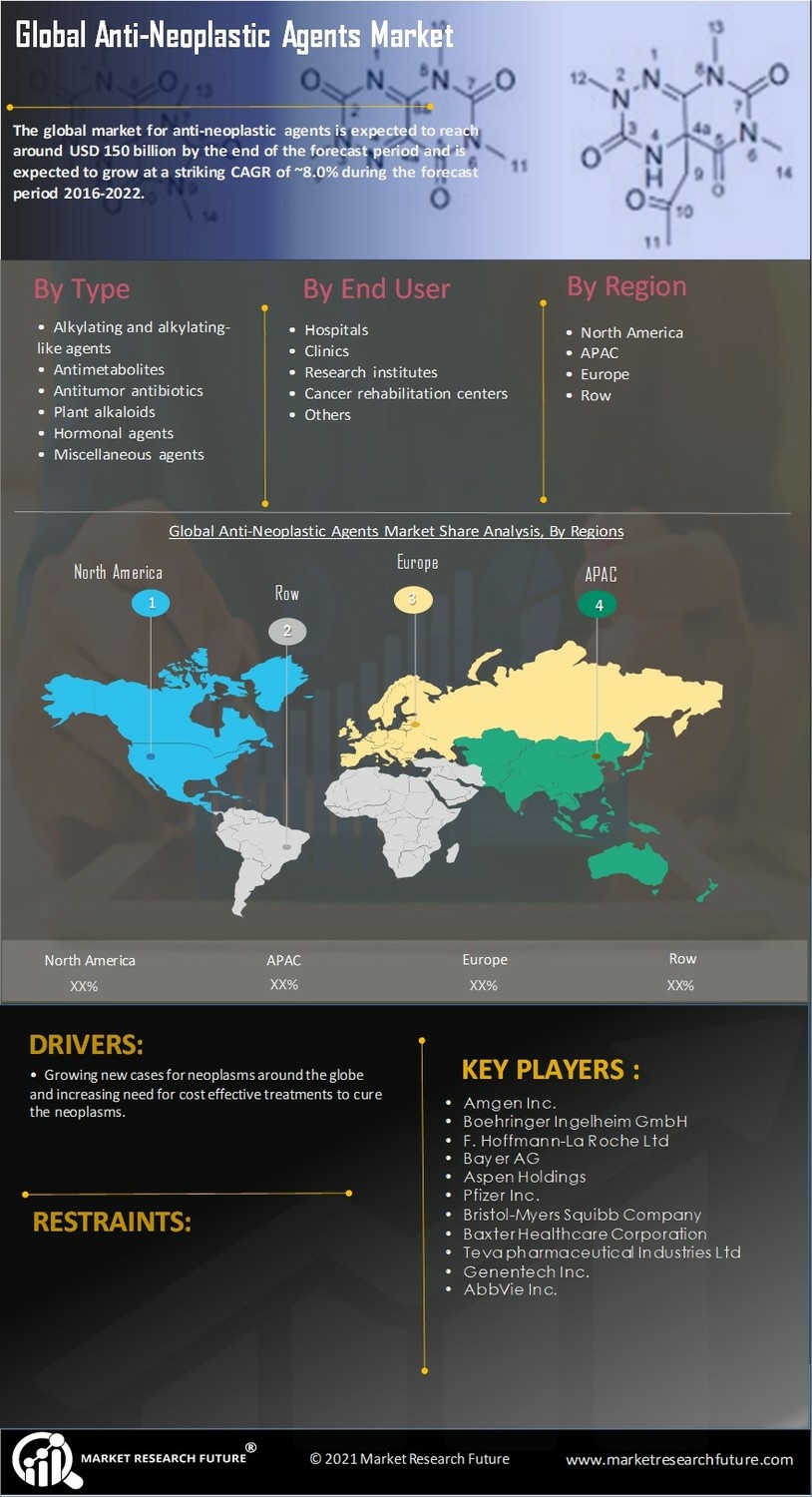

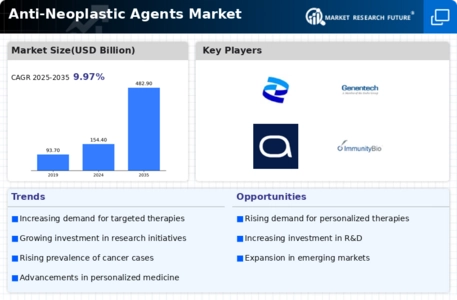
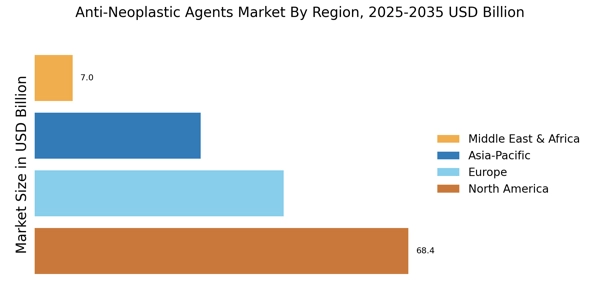
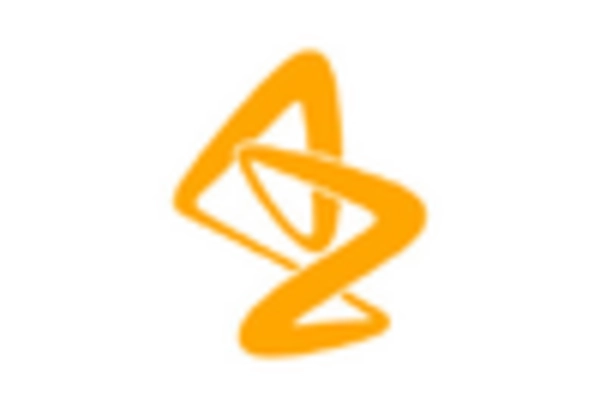

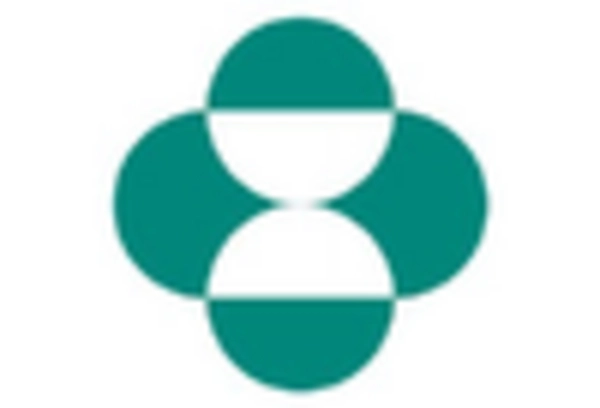

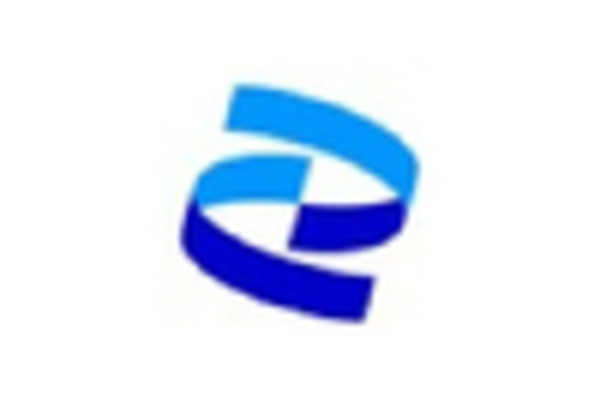
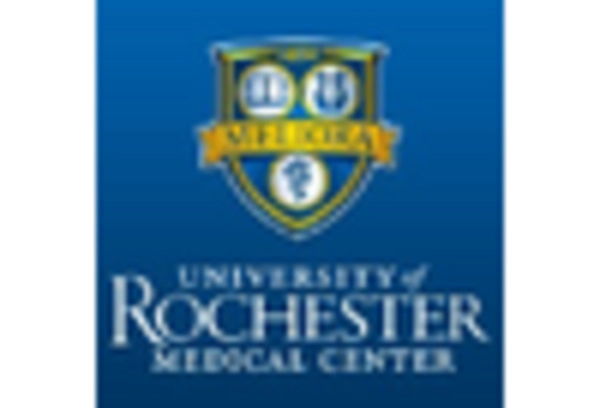








Leave a Comment